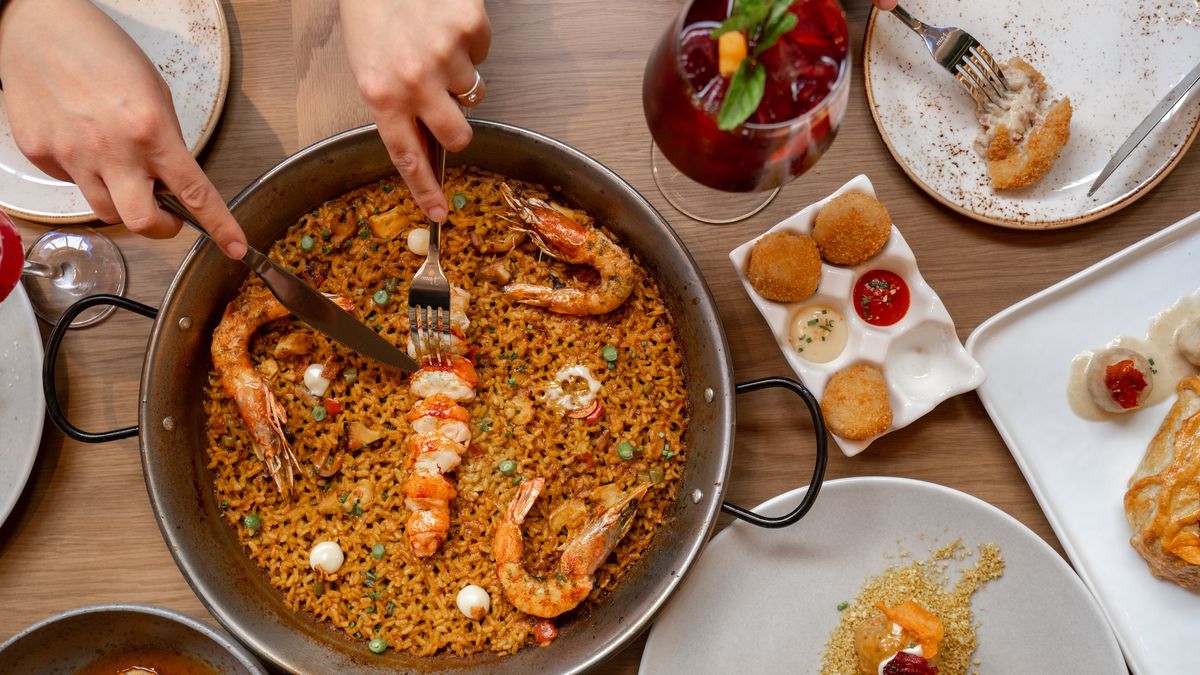Introduction: Traditional Food Preservation in Spain
Spain is known for its rich culinary heritage, and traditional methods of food preservation have played a significant role in shaping the country’s cuisine. Before the advent of modern refrigeration and freezing technologies, Spaniards relied on various methods of preserving food to ensure that their meals remained fresh and flavorful for extended periods. These traditional preservation methods continue to be popular in Spain today, adding a distinct flavor and texture to many dishes.
Drying: An Ancient Method for Food Preservation
Drying is one of the oldest methods of food preservation, and it is still widely used in Spain today. The technique involves removing the moisture from foods, which inhibits the growth of bacteria and fungi that can cause spoilage. In Spain, foods such as fruits, vegetables, and meat are often dried in the sun or in special drying rooms or ovens. Common dried foods in Spain include chorizo, ham, and fish, which are used in many traditional dishes such as paella.
Smoking: A Flavorful Way to Preserve Foods
Smoking is another traditional method of food preservation that is still widely used in Spain. The technique involves exposing foods to smoke generated by burning wood or other natural materials, which imparts a distinctive flavor and helps to preserve the food. In Spain, smoking is commonly used to preserve fish, such as anchovies and cod, as well as meats such as chorizo and ham. The resulting smoky flavor is a staple of many Spanish dishes, such as tapas and stews.
Canning: A Method of Preservation for Fruits and Vegetables
Canning is a method of food preservation that involves sealing fruits and vegetables in airtight containers to prevent spoilage. The technique originated in the early 19th century and quickly became popular in Spain. Today, canned foods are still widely used in Spanish cuisine, particularly for fruits and vegetables. Popular canned vegetables in Spain include artichokes, asparagus, and peppers, which are often used in salads and stews.
Fermenting: A Technique for Preserving Meat and Vegetables
Fermenting is a technique that involves allowing food to sit and naturally develop lactic acid and other beneficial bacteria, which can help to prevent spoilage and preserve the food. In Spain, fermenting is commonly used to preserve both meat and vegetables. For example, vegetables such as olives and pickles are often fermented, while meats such as chorizo are also fermented to enhance flavor and preserve the meat.
Salt Preservation: A Method for Preserving Seafood and Meats
Salt preservation is a traditional method of food preservation that involves covering foods in salt, which helps to inhibit the growth of bacteria and fungi. In Spain, salt preservation is commonly used for seafood and meats, including cod, anchovies, and ham. Salt-preserved foods are often used in Spanish cuisine to add flavor and texture to dishes such as tapas, stews, and paella. While salt preservation is a time-consuming process, the resulting flavor and texture are well worth the effort.
In conclusion, traditional methods of food preservation continue to play an important role in Spanish cuisine, adding flavor and texture to many dishes. From drying and smoking to canning, fermenting, and salt preservation, these ancient techniques have stood the test of time and continue to be an integral part of Spain’s culinary heritage.

